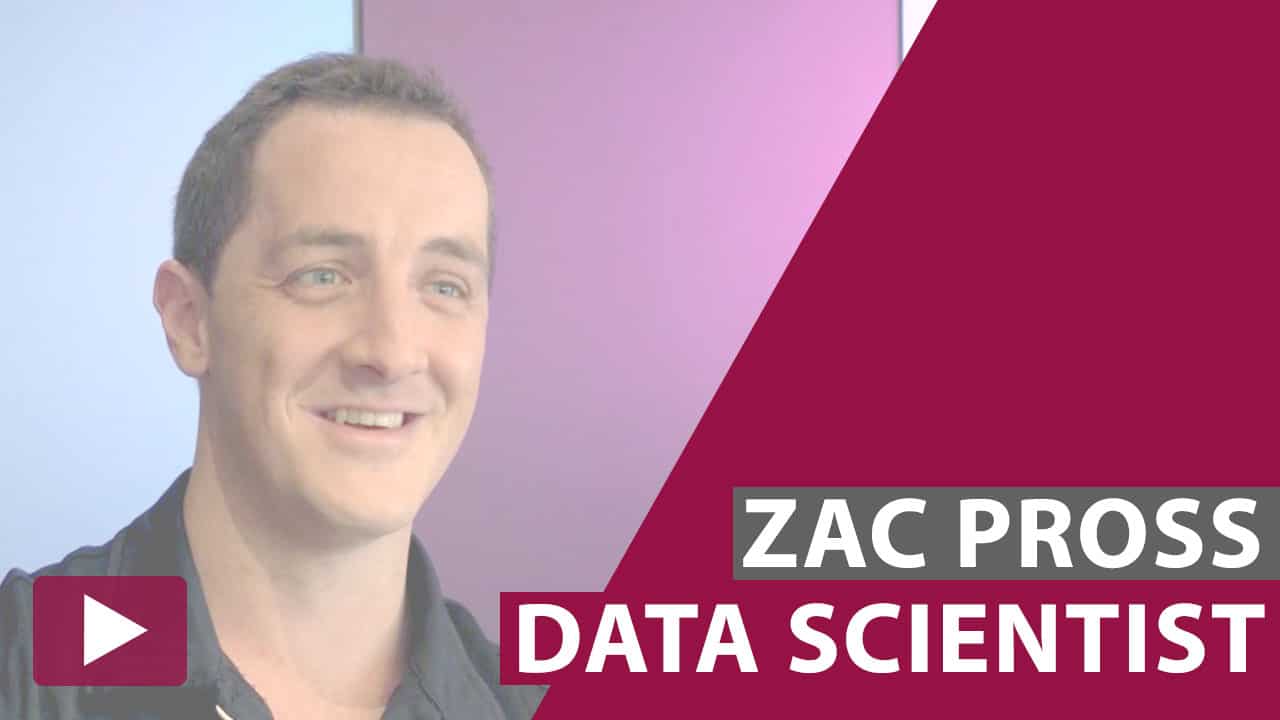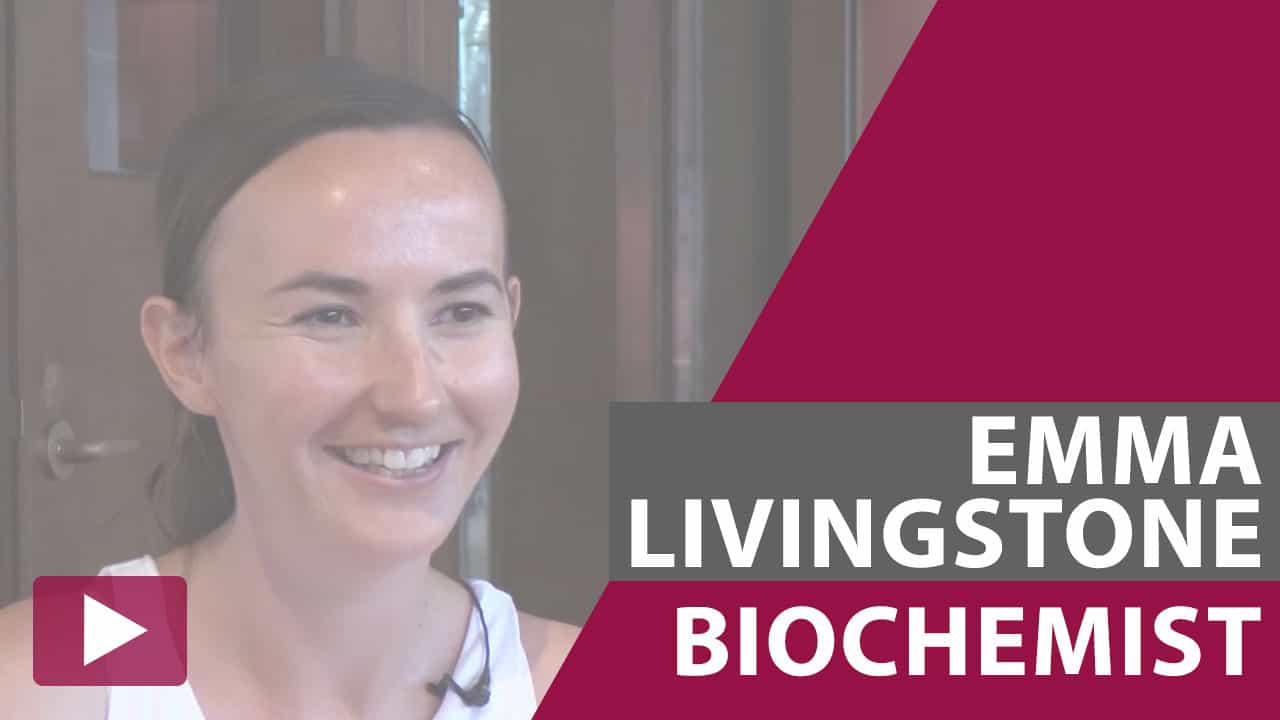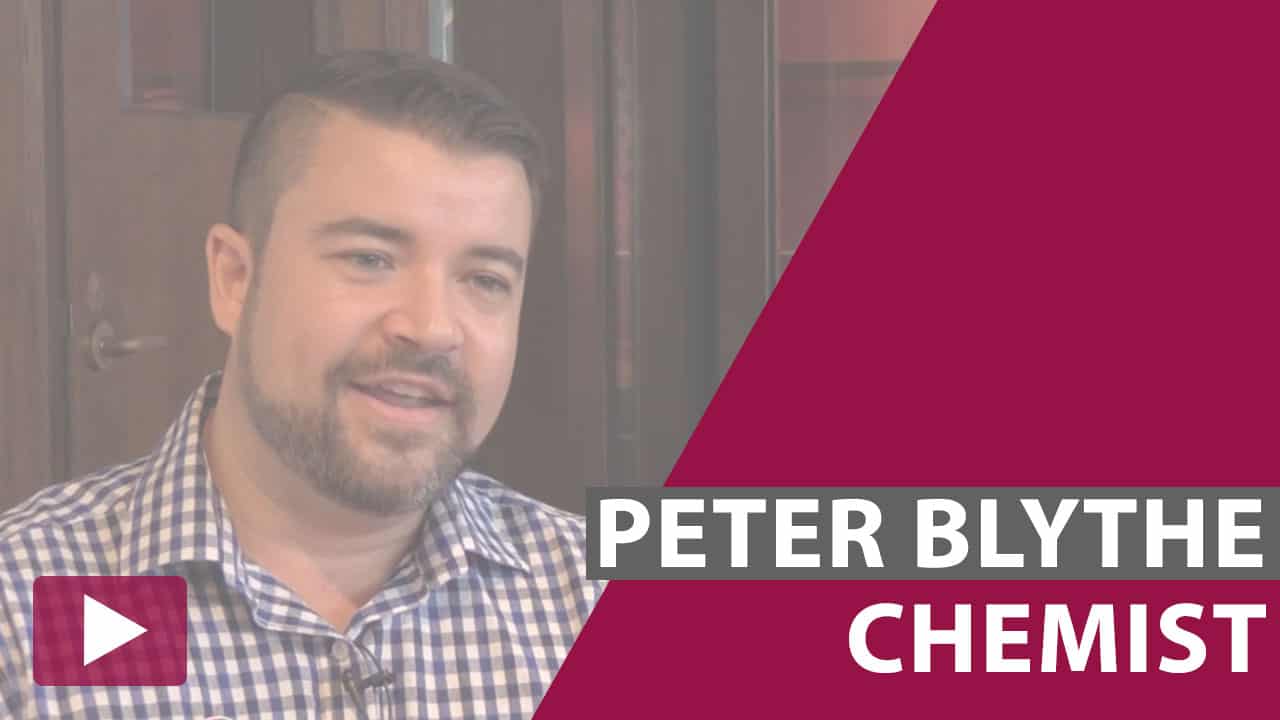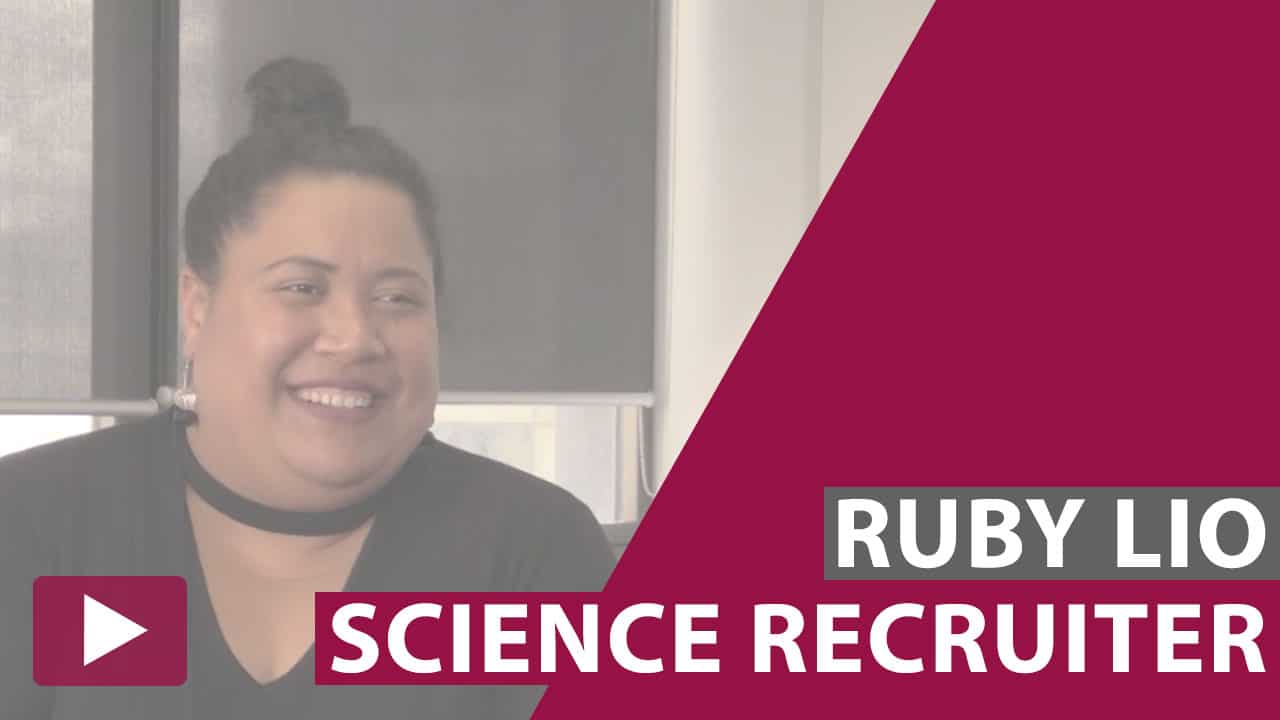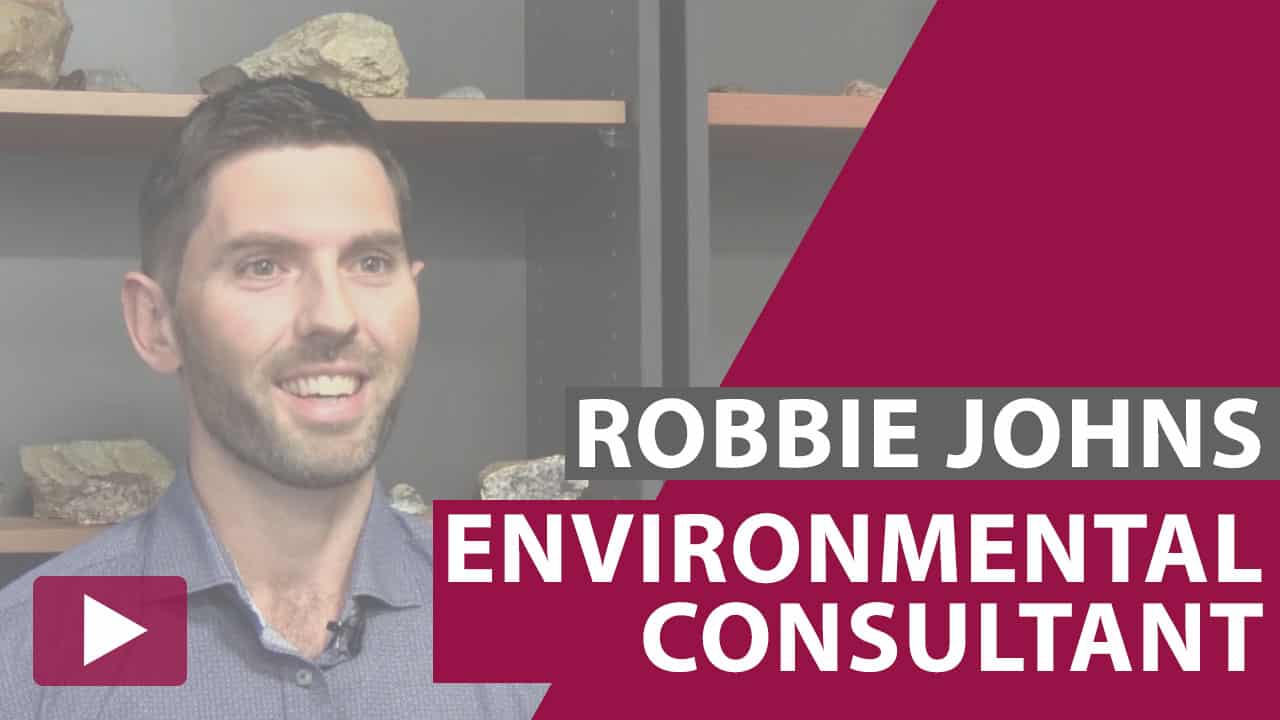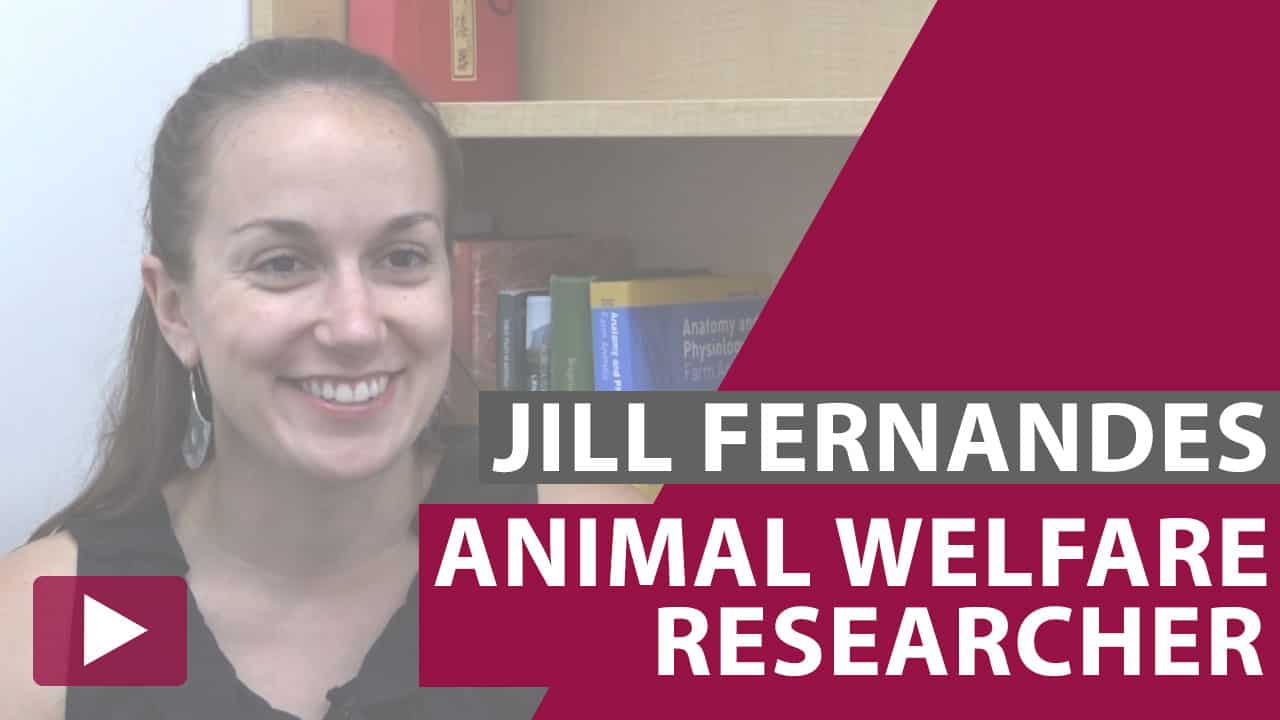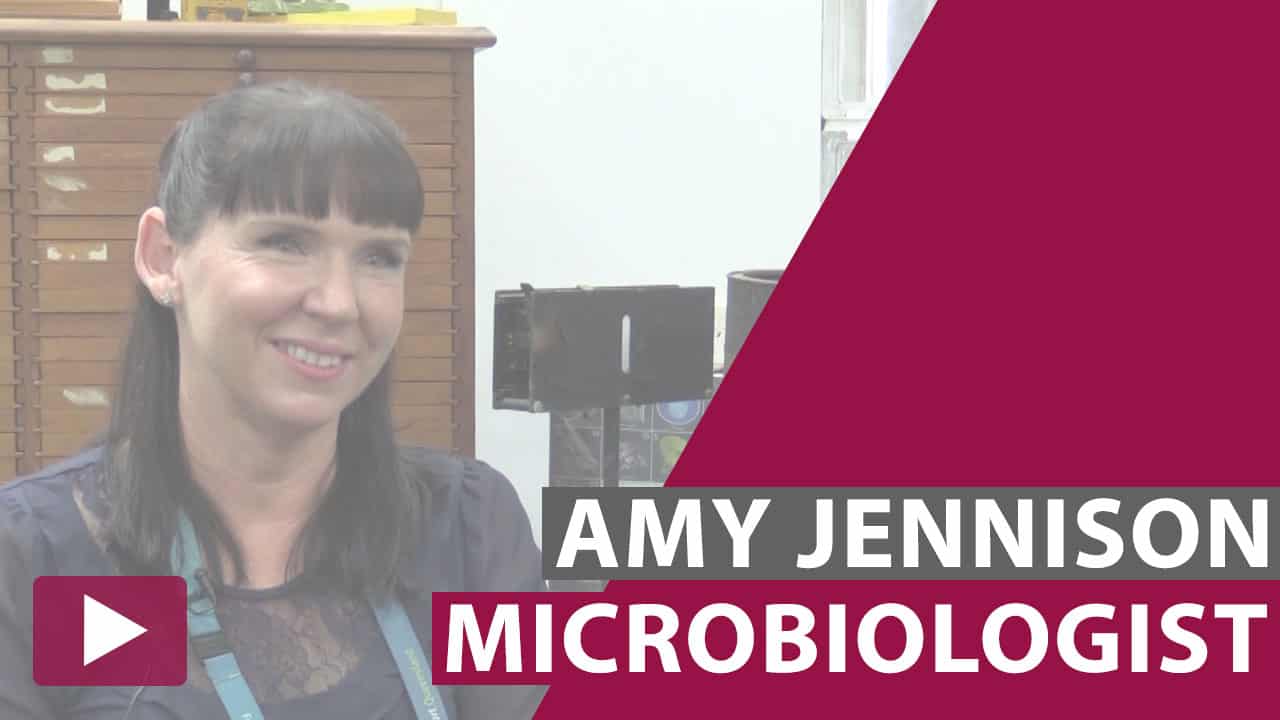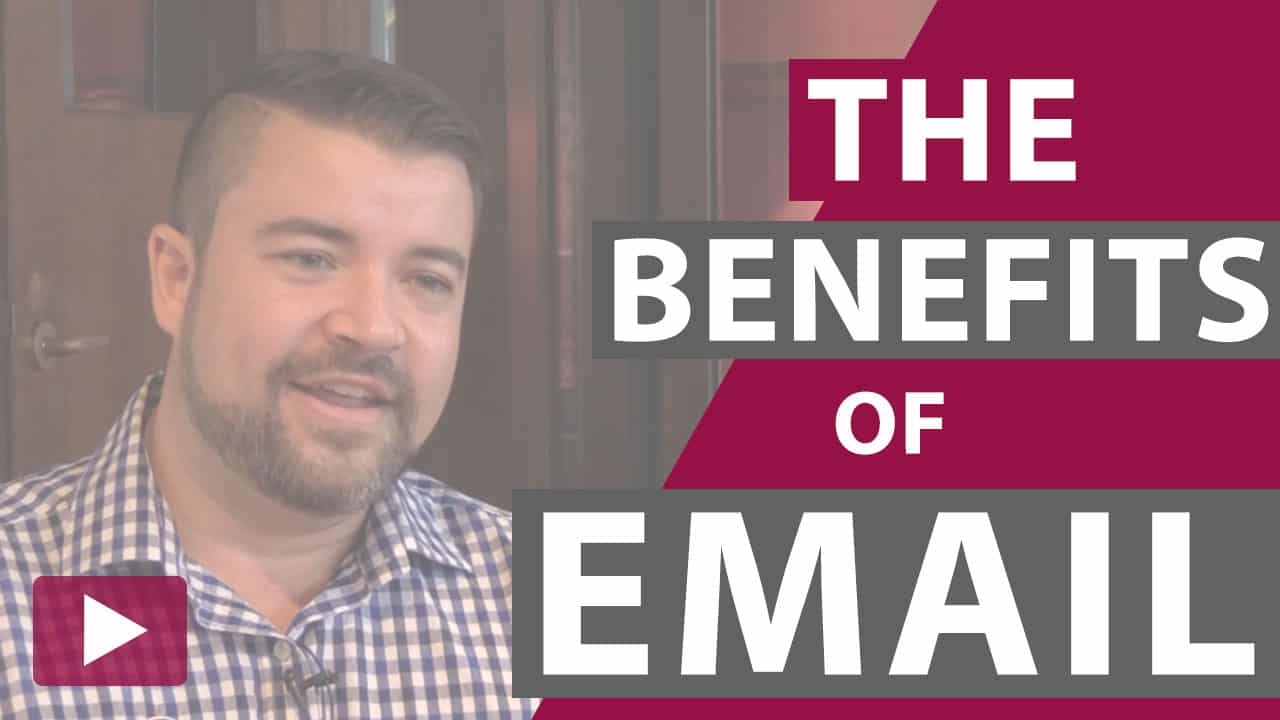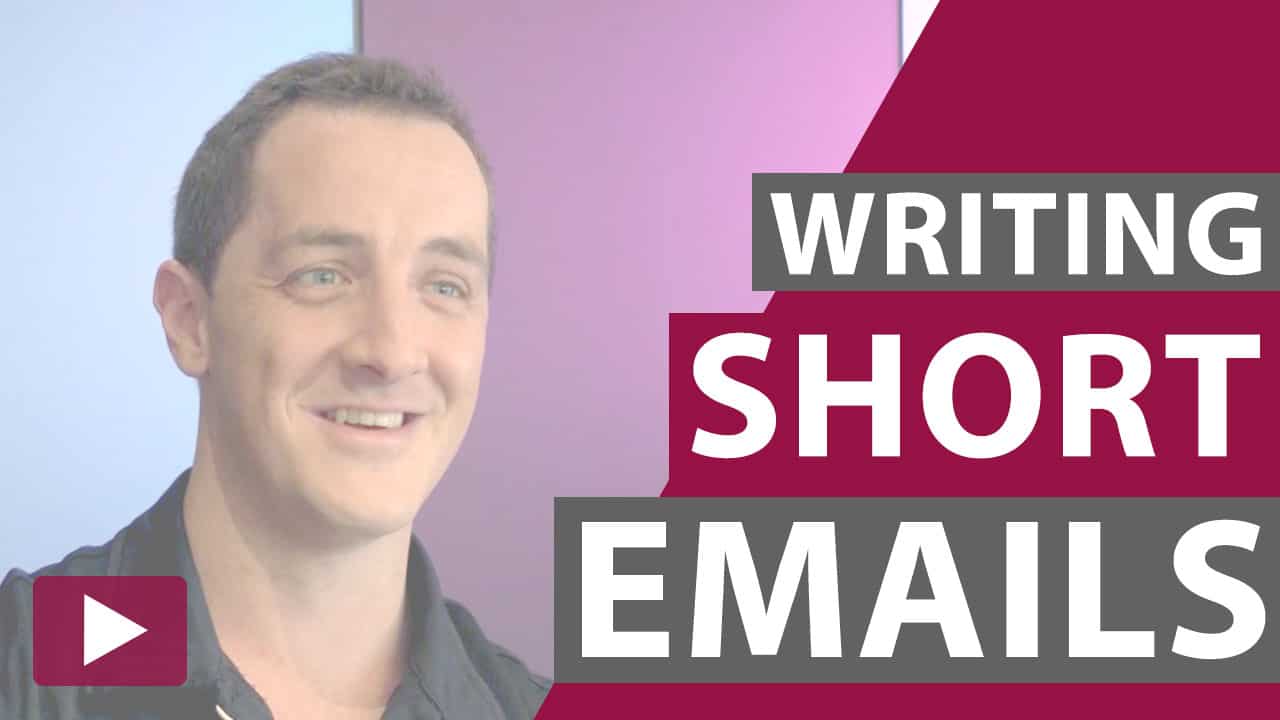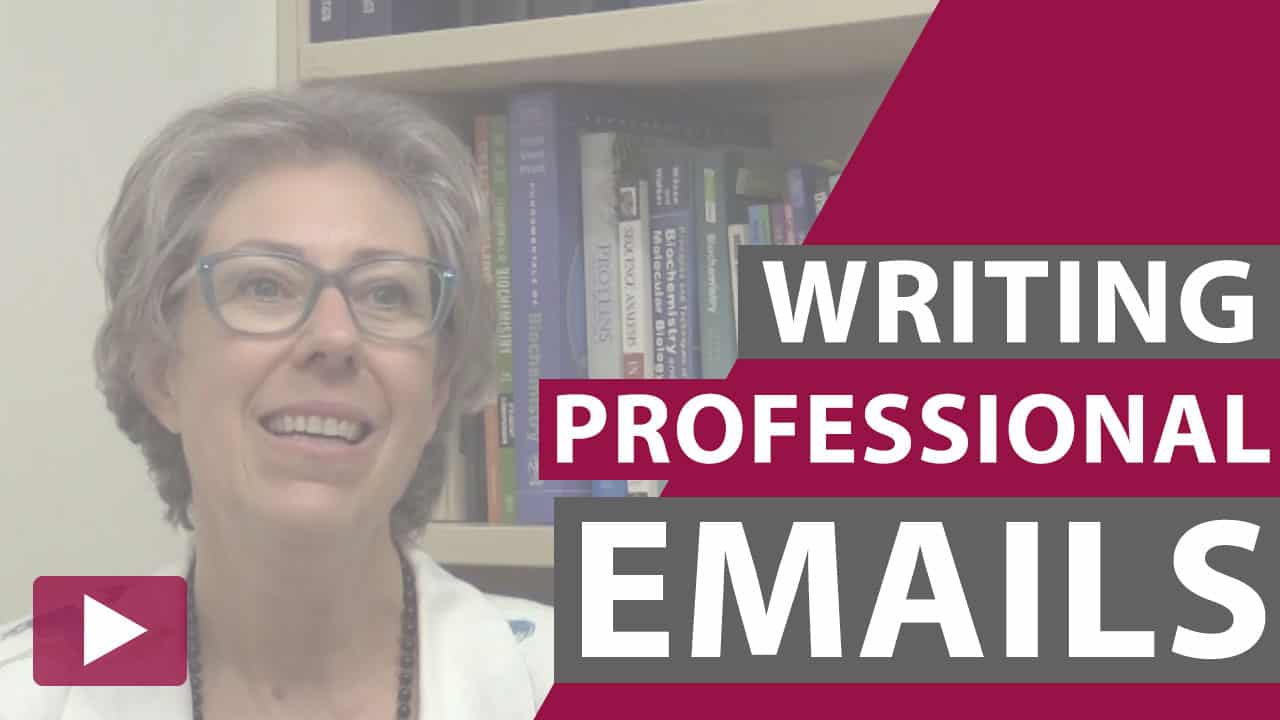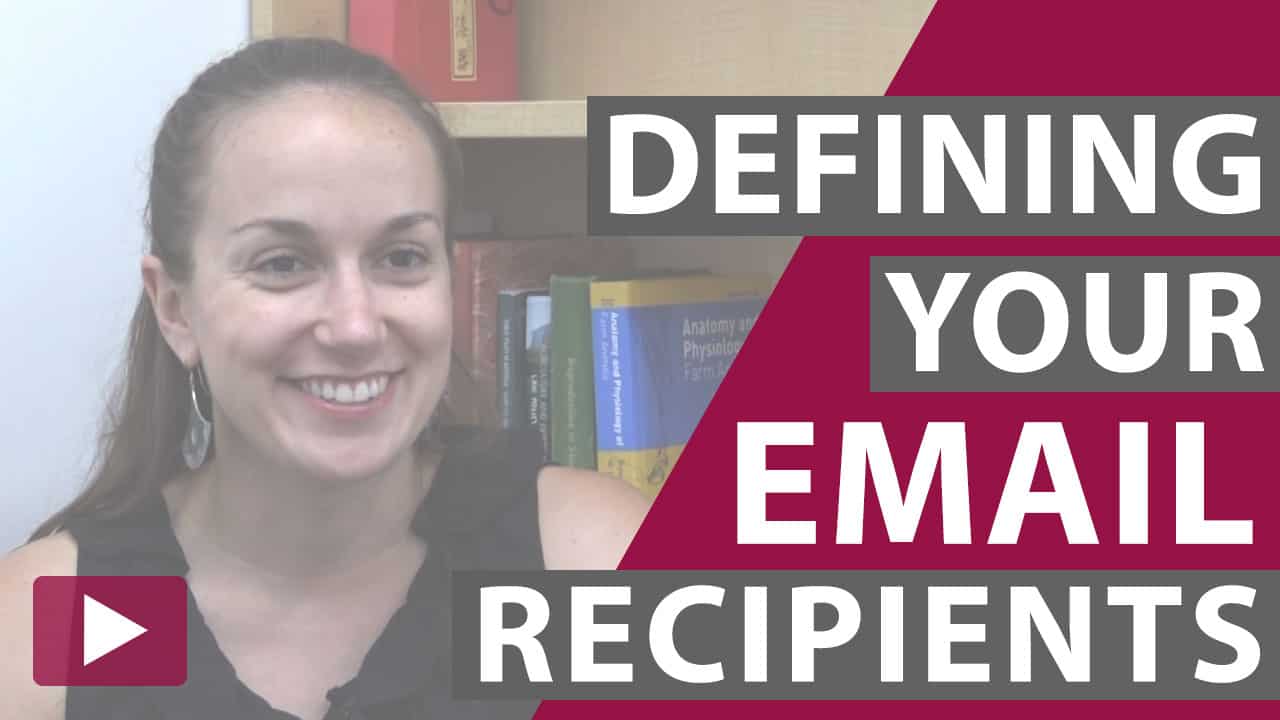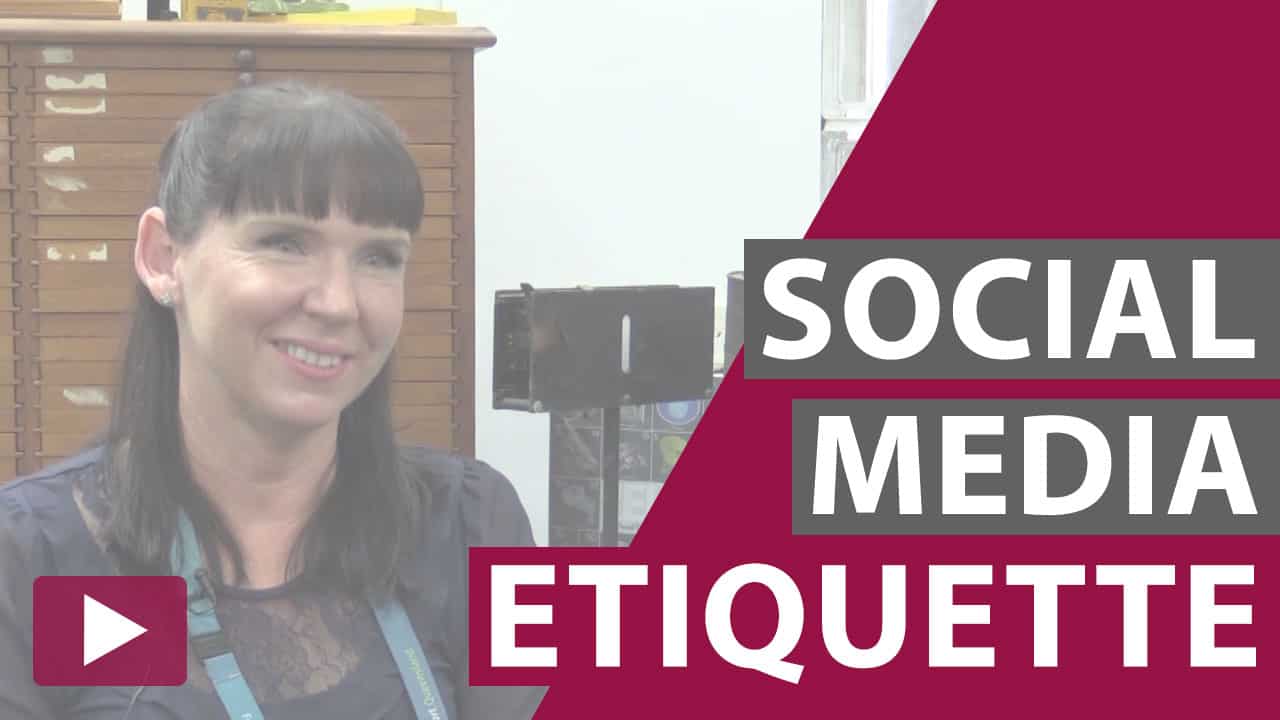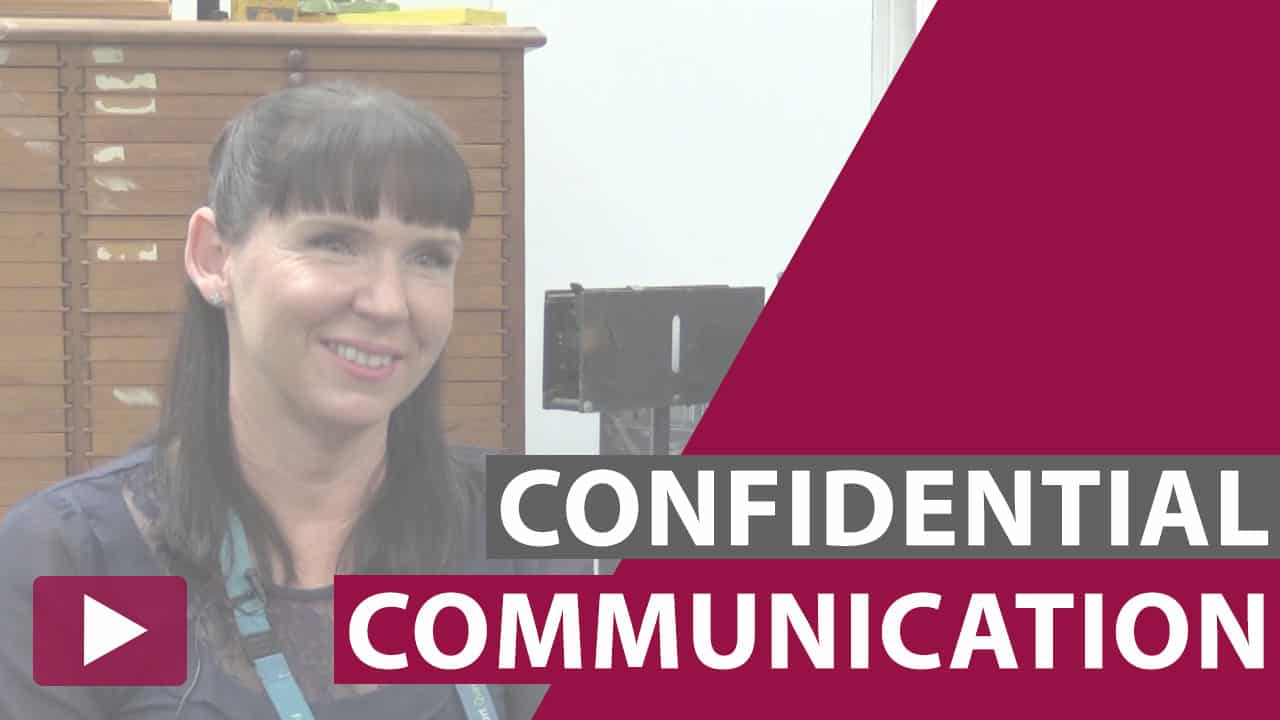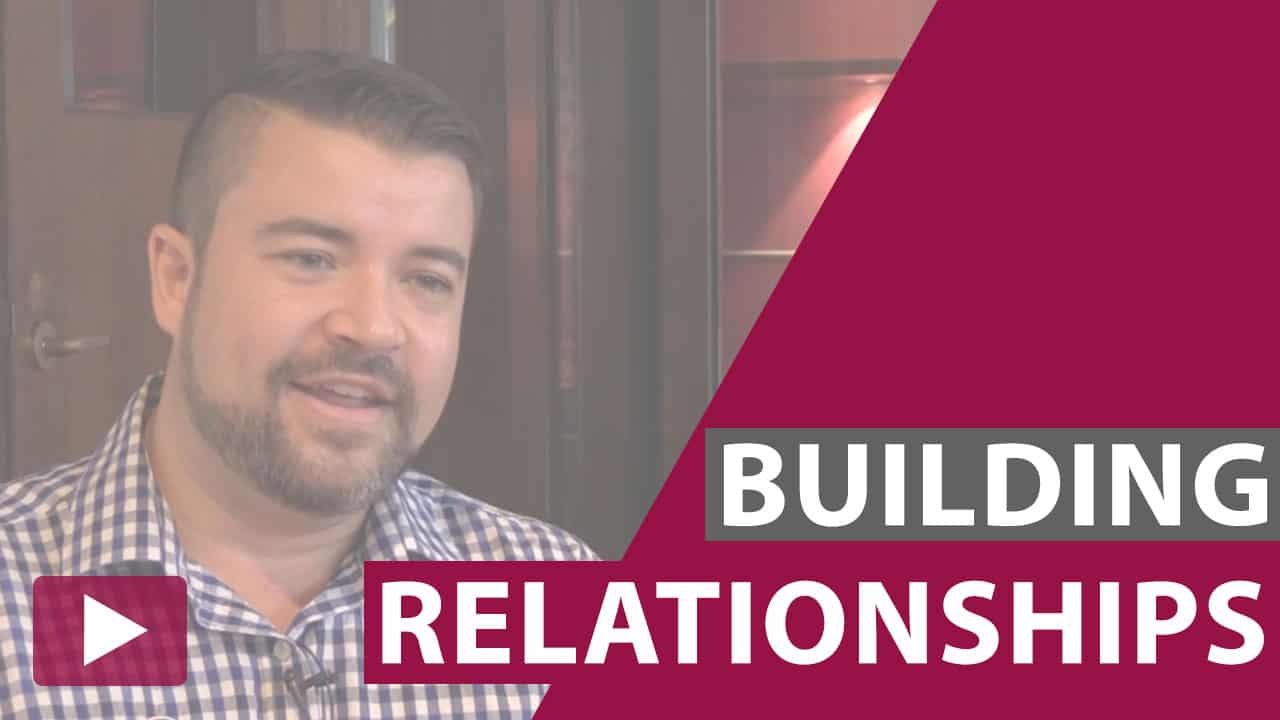One of the biggest challenges for science graduates is adapting to the communication expectations of a workplace. While scientific workplaces will still require you to communicate scientific information, the audiences and communication genres will be much more varied compared to university. You can’t assume that everyone has the same technical knowledge as you or requires the same level of information that you would normally include in a university assignment.
This module will help you to understand how communication differs across scientific workplaces and highlights important aspects of communication that you may not have learned as part of your degree.
Self-presentation
Once you have entered the workplace, you need to be aware of how your communication affects your image. Sometimes it can be difficult to assess your audience and judge how you should behave or communicate, but you should always aim to be polite and professional.
Regardless of the circumstances, you want to be remembered as a polite and professional employee that is aware of the importance of communication in the workplace, and someone who can adapt to novel situations.
Audiences
At university, you generally don’t have to think too much about your audience. You’re in an academic environment and usually expected to present your work in an academic style. Your journal articles, essays, lab reports, and presentations will often target a scientific audience whose knowledge of the topic will be similar to your own.
In scientific workplaces, it’s important to understand that your audiences can vary considerably. Therefore, you must make a conscious effort to understand your audiences and refine your content and genre to achieve your purpose. This is particularly important when communicating with audiences that don’t have your level of expertise.
Genres
When you enter the workplace, you may be required to communicate using different genres to those you experienced at university. Organisations may require you to use set templates for reporting, contribute to newsletters or website content, or participate in public meetings. You will often receive guidance from supervisors and colleagues on how to complete particular communication tasks.
In addition to communicating scientific information through a variety of genres to a range of audiences, workplaces will generally require you to maintain good relationships with colleagues or clients, and support the values of the organisation in all aspects of your communication.
